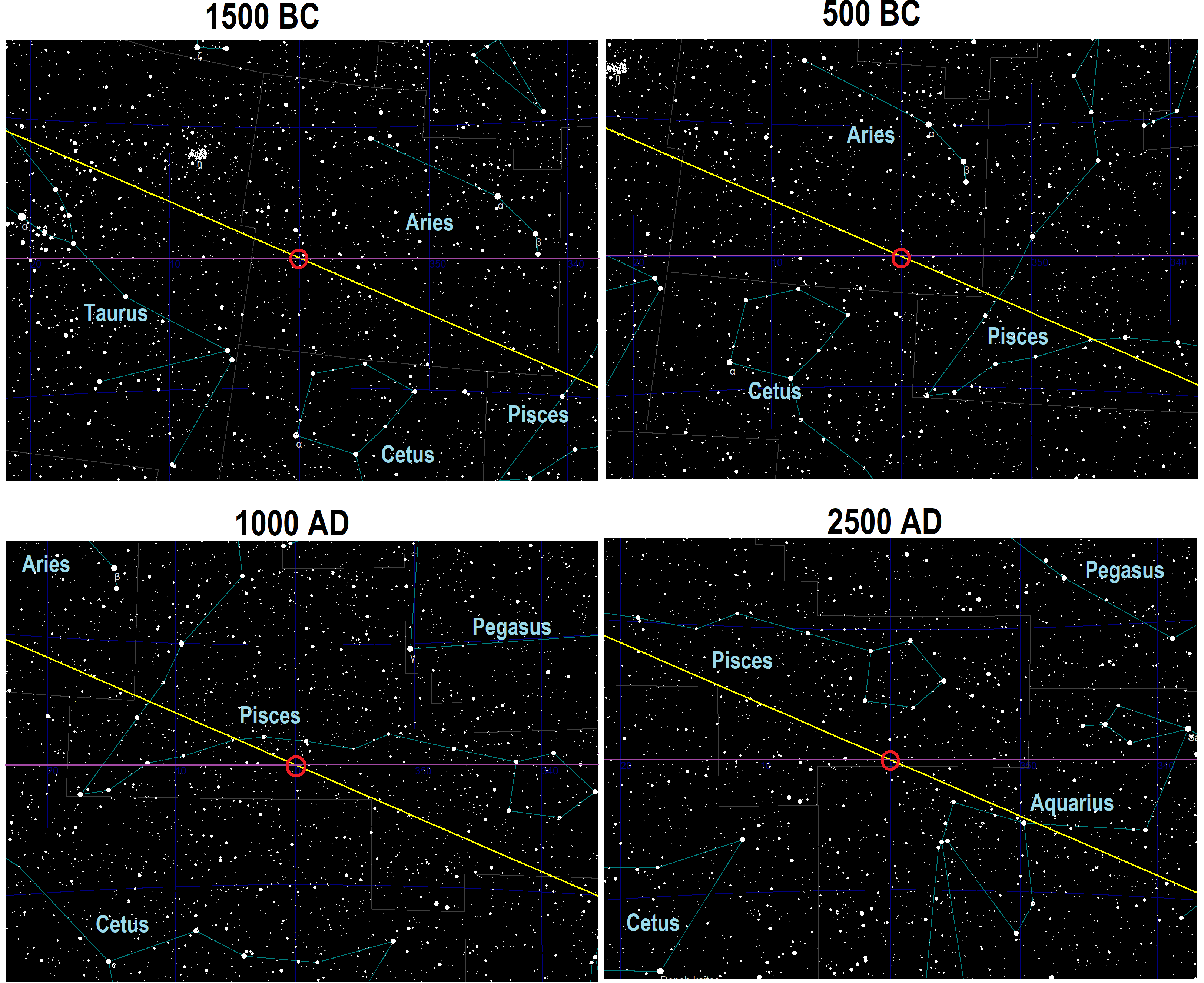|
Ayanāṃśa
''Ayanamsa'' (: ), also ''ayanabhāga'' (), is the Sanskrit term for many systems used in Hindu astrology to account for the precession of equinoxes.Barbara Pijan, https://barbarapijan.com/bpa/Amsha/Ayanamsha.htm There are also systems of ayanamsa used in Western sidereal astrology, such as the Fagan/Bradley Ayanamsa. Overview There are various systems of Ayanamsa that are in use in Hindu astrology (also known as Vedic astrology) such as the Raman Ayanamsa and the Krishnamurthy Ayanamsa, but the Lahiri Ayanamsa, named after its inventor, astronomer Nirmal Chandra Lahiri (1906-1980), is by far the most prevalent system in India. Critics of Lahiri Ayanamsa have proposed an ayanamsa called True Chitra Paksha Ayanamsa. There are other existing ayanamsa such as Raman, Pushya Paksha, Rohini, Kërr A.I, Usha Shashi and Chandra Hari. However, Dulakara ayanamsa is precise; the zero ayanamsa year according to it is 232 CE. The use of ayanamsa to account for the precession of equinoxes ... [...More Info...] [...Related Items...] OR: [Wikipedia] [Google] [Baidu] |
Equinox Path
A solar equinox is a moment in time when the Sun appears directly above the equator, rather than to its north or south. On the day of the equinox, the Sun appears to rise directly east and set directly west. This occurs twice each year, around 20 March and 23 September. An equinox is equivalently defined as the time when the plane of Earth's equator passes through the geometric center of the Sun's disk. This is also the moment when Earth's rotation axis is directly perpendicular to the Sun-Earth line, tilting neither toward nor away from the Sun. In modern times, since the Moon (and to a lesser extent the planets) causes Earth's orbit to vary slightly from a perfect ellipse, the equinox is officially defined by the Sun's more regular ecliptic longitude rather than by its declination. The instants of the equinoxes are currently defined to be when the apparent geocentric longitude of the Sun is 0° and 180°. The word is derived from the Latin ', from ' (equal) and ' (nigh ... [...More Info...] [...Related Items...] OR: [Wikipedia] [Google] [Baidu] |
Sanskrit
Sanskrit (; stem form ; nominal singular , ,) is a classical language belonging to the Indo-Aryan languages, Indo-Aryan branch of the Indo-European languages. It arose in northwest South Asia after its predecessor languages had Trans-cultural diffusion, diffused there from the northwest in the late Bronze Age#South Asia, Bronze Age. Sanskrit is the sacred language of Hinduism, the language of classical Hindu philosophy, and of historical texts of Buddhism and Jainism. It was a lingua franca, link language in ancient and medieval South Asia, and upon transmission of Hindu and Buddhist culture to Southeast Asia, East Asia and Central Asia in the early medieval era, it became a language of religion and high culture, and of the political elites in some of these regions. As a result, Sanskrit had a lasting effect on the languages of South Asia, Southeast Asia and East Asia, especially in their formal and learned vocabularies. Sanskrit generally connotes several Indo-Aryan languages# ... [...More Info...] [...Related Items...] OR: [Wikipedia] [Google] [Baidu] |
Precession Of Equinoxes
In astronomy, axial precession is a gravity-induced, slow, and continuous change in the orientation of an astronomical body's rotational axis. In the absence of precession, the astronomical body's orbit would show axial parallelism. In particular, axial precession can refer to the gradual shift in the orientation of Earth's axis of rotation in a cycle of approximately 26,000 years.Hohenkerk, C.Y., Yallop, B.D., Smith, C.A., & Sinclair, A.T. "Celestial Reference Systems" in Seidelmann, P.K. (ed.) ''Explanatory Supplement to the Astronomical Almanac''. Sausalito: University Science Books. p. 99. This is similar to the precession of a spinning top, with the axis tracing out a pair of cones joined at their apices. The term "precession" typically refers only to this largest part of the motion; other changes in the alignment of Earth's axis—nutation and polar motion—are much smaller in magnitude. Earth's precession was historically called the precession of the equinoxes, becau ... [...More Info...] [...Related Items...] OR: [Wikipedia] [Google] [Baidu] |
Sidereal And Tropical Astrology
In astrology, '' sidereal'' and ''tropical'' are terms that refer to two different systems of ecliptic coordinates used to divide the ecliptic into twelve "signs". Each sign is divided into 30 degrees, making a total of 360 degrees. The terms sidereal and tropical may also refer to two different definitions of a year, applied in sidereal solar calendars or tropical solar calendars. While sidereal systems of astrology calculate twelve zodiac signs based on the observable sky and thus account for the apparent backwards movement of fixed stars of about 1 degree every 72 years from the perspective of the Earth due to the Earth's axial precession, tropical systems consider 0 degrees of Aries as always coinciding with the March equinox (known as the spring equinox in the Northern Hemisphere) and define twelve zodiac signs from this starting point, basing their definitions upon the seasons and not upon the observable sky wherein the March equinox currently falls in Pisces due to th ... [...More Info...] [...Related Items...] OR: [Wikipedia] [Google] [Baidu] |
Vedas
FIle:Atharva-Veda samhita page 471 illustration.png, upright=1.2, The Vedas are ancient Sanskrit texts of Hinduism. Above: A page from the ''Atharvaveda''. The Vedas ( or ; ), sometimes collectively called the Veda, are a large body of religious texts originating in ancient India. Composed in Vedic Sanskrit, the texts constitute the oldest layer of Sanskrit literature and the oldest Hindu texts, scriptures of Hinduism. There are four Vedas: the Rigveda, the Yajurveda, the Samaveda and the Atharvaveda. Each Veda has four subdivisions – the Samhitas (mantras and benedictions), the Brahmanas (commentaries on and explanation of rituals, ceremonies and sacrifices – Yajñas), the Aranyakas (text on rituals, ceremonies, sacrifices and symbolic-sacrifices), and the Upanishads (texts discussing meditation, philosophy and spiritual knowledge).Gavin Flood (1996), ''An Introduction to Hinduism'', Cambridge University Press, , pp. 35–39A Bhattacharya (2006), ''Hindu Dharma: Introduc ... [...More Info...] [...Related Items...] OR: [Wikipedia] [Google] [Baidu] |
B V Raman
Bangalore Venkata Raman (8 August 1912 – 20 December 1998) was an Indian astrologer in modern India and an author of numerous books and articles. He was instrumental in making Vedic Astrology (Saint Parashar System) or Hindu astrology known and respected throughout India and across the world. With the help of his sons Niranjan Babu and Sachidananda Babu, he also started the Raman & Rajeswari Research Foundation to promote the knowledge of Astrology and Vastu Shastra. Career Raman restarted "The Astrological Magazine" in 1936, which was earlier run by his grandfather, and remained its editor for over 62 years. After his death, the magazine was run until December 2007 by his son, Niranjan Babu Bangalore, and his daughter, Gayatri Devi Vasudev, when it was shut down citing no reason. It is now relaunched as The Astrological eMagazine by his son Niranjan Babu. He represented India at the Astrological Congress held at Cambridge, England, and the International Astrology Conference ... [...More Info...] [...Related Items...] OR: [Wikipedia] [Google] [Baidu] |
Inventor
An invention is a unique or novel device, method, composition, idea, or process. An invention may be an improvement upon a machine, product, or process for increasing efficiency or lowering cost. It may also be an entirely new concept. If an idea is unique enough either as a stand-alone invention or as a significant improvement over the work of others, it can be patented. A patent, if granted, gives the inventor a proprietary interest in the patent over a specific period of time, which can be licensed for financial gain. An inventor creates or discovers an invention. The word ''inventor'' comes from the Latin verb ''invenire'', ''invent-'', to find. Although inventing is closely associated with science and engineering, inventors are not necessarily engineers or scientists. The ideation process may be augmented by the applications of algorithms and methods from the domain collectively known as artificial intelligence . Some inventions can be patented. The system of patents wa ... [...More Info...] [...Related Items...] OR: [Wikipedia] [Google] [Baidu] |
Astronomer
An astronomer is a scientist in the field of astronomy who focuses on a specific question or field outside the scope of Earth. Astronomers observe astronomical objects, such as stars, planets, natural satellite, moons, comets and galaxy, galaxies – in either observational astronomy, observational (by analyzing the data) or theoretical astronomy. Examples of topics or fields astronomers study include planetary science, Sun, solar astronomy, the Star formation, origin or stellar evolution, evolution of stars, or the galaxy formation and evolution, formation of galaxies. A related but distinct subject is physical cosmology, which studies the Universe as a whole. Types Astronomers typically fall under either of two main types: observational astronomy, observational and theoretical astronomy, theoretical. Observational astronomers make direct observations of Astronomical object, celestial objects and analyze the data. In contrast, theoretical astronomers create and investigate Con ... [...More Info...] [...Related Items...] OR: [Wikipedia] [Google] [Baidu] |
Ancient Greece
Ancient Greece () was a northeastern Mediterranean civilization, existing from the Greek Dark Ages of the 12th–9th centuries BC to the end of classical antiquity (), that comprised a loose collection of culturally and linguistically related city-states and communities. Prior to the Roman period, most of these regions were officially unified only once under the Kingdom of Macedon from 338 to 323 BC. In Western history, the era of classical antiquity was immediately followed by the Early Middle Ages and the Byzantine period. Three centuries after the decline of Mycenaean Greece during the Bronze Age collapse, Greek urban poleis began to form in the 8th century BC, ushering in the Archaic period and the colonization of the Mediterranean Basin. This was followed by the age of Classical Greece, from the Greco-Persian Wars to the death of Alexander the Great in 323 BC, and which included the Golden Age of Athens and the Peloponnesian War. The u ... [...More Info...] [...Related Items...] OR: [Wikipedia] [Google] [Baidu] |
Hipparchus
Hipparchus (; , ; BC) was a Ancient Greek astronomy, Greek astronomer, geographer, and mathematician. He is considered the founder of trigonometry, but is most famous for his incidental discovery of the precession of the equinoxes. Hipparchus was born in Nicaea, Bithynia, and probably died on the island of Rhodes, Greece. He is known to have been a working astronomer between 162 and 127 BC. Hipparchus is considered the greatest ancient astronomical observer and, by some, the greatest overall astronomer of classical antiquity, antiquity. He was the first whose quantitative and accurate models for the motion of the Sun and Moon survive. For this he certainly made use of the observations and perhaps the mathematical techniques accumulated over centuries by the Babylonians and by Meton of Athens (fifth century BC), Timocharis, Aristyllus, Aristarchus of Samos, and Eratosthenes, among others. He developed trigonometry and constructed trigonometric tables, and he solved se ... [...More Info...] [...Related Items...] OR: [Wikipedia] [Google] [Baidu] |
External Links
An internal link is a type of hyperlink on a web page to another page or resource, such as an image or document, on the same website or domain. It is the opposite of an external link, a link that directs a user to content that is outside its domain. Hyperlinks are considered either "external" or "internal" depending on their target or destination. Generally, a link to a page outside the same domain or website is considered external, whereas one that points at another section of the same web page or to another page of the same website or domain is considered internal. Both internal and external links allow users of the website to navigate to another web page or resource. These definitions become clouded, however, when the same organization operates multiple domains functioning as a single web experience, e.g. when a secure commerce website is used for purchasing things displayed on a non-secure website. In these cases, links that are "external" by the above definition can conce ... [...More Info...] [...Related Items...] OR: [Wikipedia] [Google] [Baidu] |





